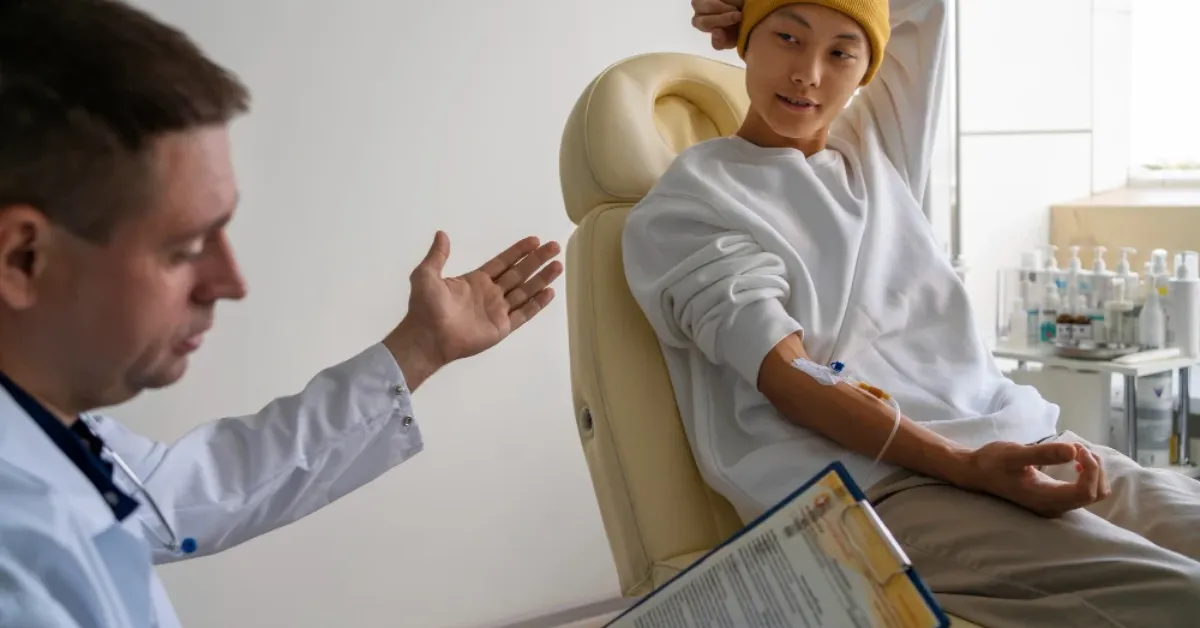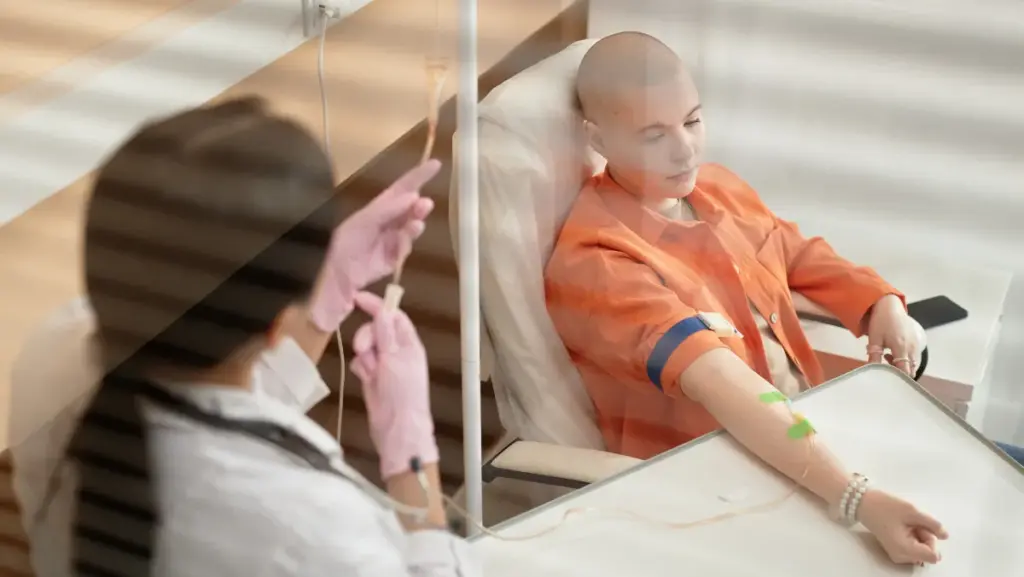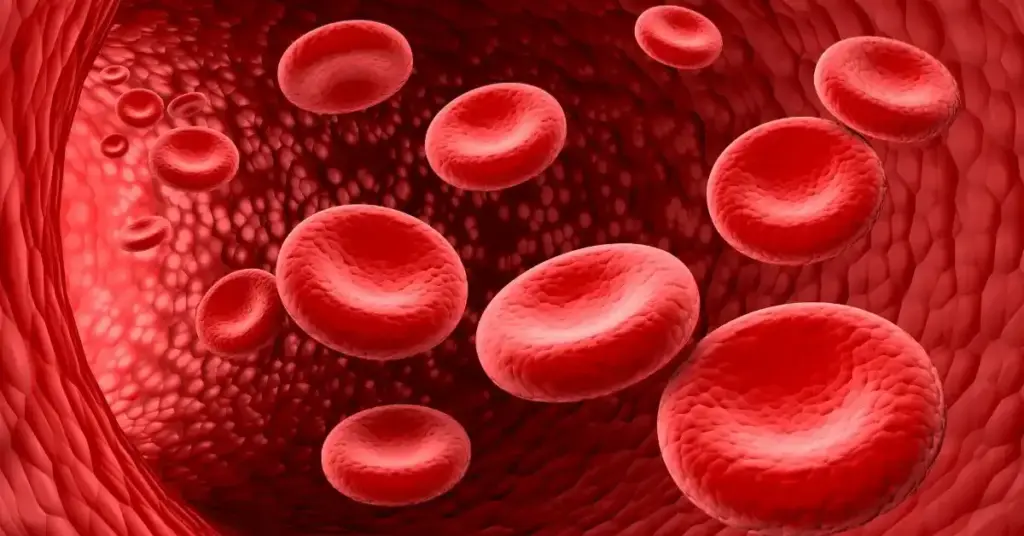
You may notice your child looking unusually pale, getting tired quickly, or catching infections more often than other kids. Naturally, this raises concern. You’re not alone—many parents have faced these worries. In this post, we’ll explain what aplastic anemia is, its symptoms, complications, diagnosis, and the aplastic anemia treatment options available for children.
Aplastic anemia is a rare but serious blood disorder where the bone marrow—the soft tissue inside bones—does not make enough red cells, white cells, and platelets. Without these vital cells, the body struggles to carry oxygen, fight infections, and prevent bleeding. While it sounds overwhelming, early diagnosis and the right treatment can greatly improve outcomes.
Children with aplastic anemia may show signs that overlap with other conditions, making it tricky to identify at first. Key symptoms include:
If left untreated, aplastic anemia can become more serious over time. Possible complications include:
Doctors carefully combine tests and history to confirm aplastic anemia. Key steps include:
Together, these steps help doctors choose the safest and most effective treatment approach.
Aplastic anemia treatment depends on how severe the condition is:
It’s also important to note that aplastic anemia treatment cost can vary depending on hospital care, treatment type, and whether a bone marrow transplant is needed.
With proper diagnosis and modern aplastic anemia treatment, children can lead full, active lives. Parents play a key role by ensuring regular checkups, following treatment plans, and offering a supportive home environment. With early medical care, your child’s tomorrow can be healthy, hopeful, and filled with possibilities.
You may notice your child looking unusually pale, getting tired quickly, or catching infections more often than other kids. Naturally, this raises concern. You’re not alone—many parents have faced these worries. In this post, we’ll explain what aplastic anemia is, its symptoms, complications, diagnosis, and the aplastic anemia treatment options available for children.
What is Aplastic Anemia?
What are the Symptoms of Aplastic Anemia?
What are the Complications of This Condition?
How is Aplastic Anemia Diagnosed?
How is Aplastic Anemia Treated?
Result
Aplastic anemia is a rare but serious blood disorder where the bone marrow—the soft tissue inside bones—does not make enough red cells, white cells, and platelets. Without these vital cells, the body struggles to carry oxygen, fight infections, and prevent bleeding. While it sounds overwhelming, early diagnosis and the right treatment can greatly improve outcomes.
Children with aplastic anemia may show signs that overlap with other conditions, making it tricky to identify at first. Key symptoms include:
If left untreated, aplastic anemia can become more serious over time. Possible complications include:
Doctors carefully combine tests and history to confirm aplastic anemia. Key steps include:
Together, these steps help doctors choose the safest and most effective treatment approach.
Aplastic anemia treatment depends on how severe the condition is:
It’s also important to note that aplastic anemia treatment cost can vary depending on hospital care, treatment type, and whether a bone marrow transplant is needed.
With proper diagnosis and modern aplastic anemia treatment, children can lead full, active lives. Parents play a key role by ensuring regular checkups, following treatment plans, and offering a supportive home environment. With early medical care, your child’s tomorrow can be healthy, hopeful, and filled with possibilities.
The best treatment for aplastic anemia depends on severity and cause. Options include blood transfusions, medications to stimulate bone marrow, immunosuppressive therapy, or bone marrow transplantation in severe cases. Children often respond well to tailored care. With the right treatment plan, symptoms improve, blood counts rise, and daily life becomes much more manageable.
Yes, many children and adults can recover from aplastic anemia, especially with early diagnosis and modern treatment. A bone marrow transplant offers the possibility of a complete cure, while medications and supportive care can lead to long-term remission. Recovery takes time, but with close medical guidance, many patients return to active, healthy lives.
Life expectancy for aplastic anemia has greatly improved due to advances in treatment. With bone marrow transplant or effective immunosuppressive therapy, many children live normal or near-normal lifespans. Supportive care, regular monitoring, and infection prevention also improve outcomes. While it can be serious, modern medicine has made long-term survival and quality of life very achievable.





